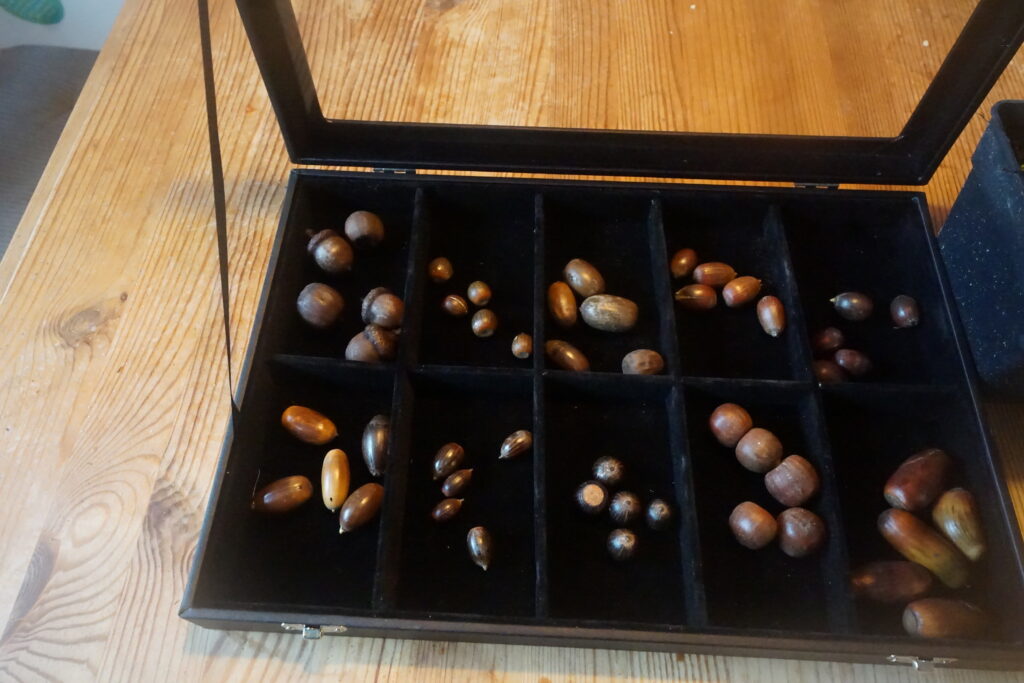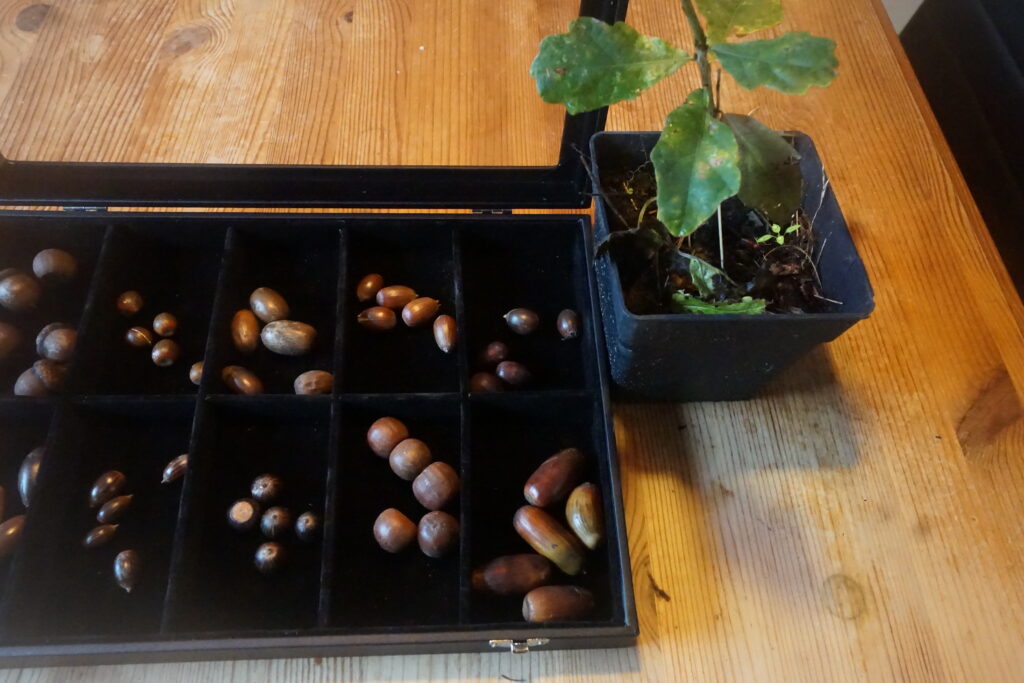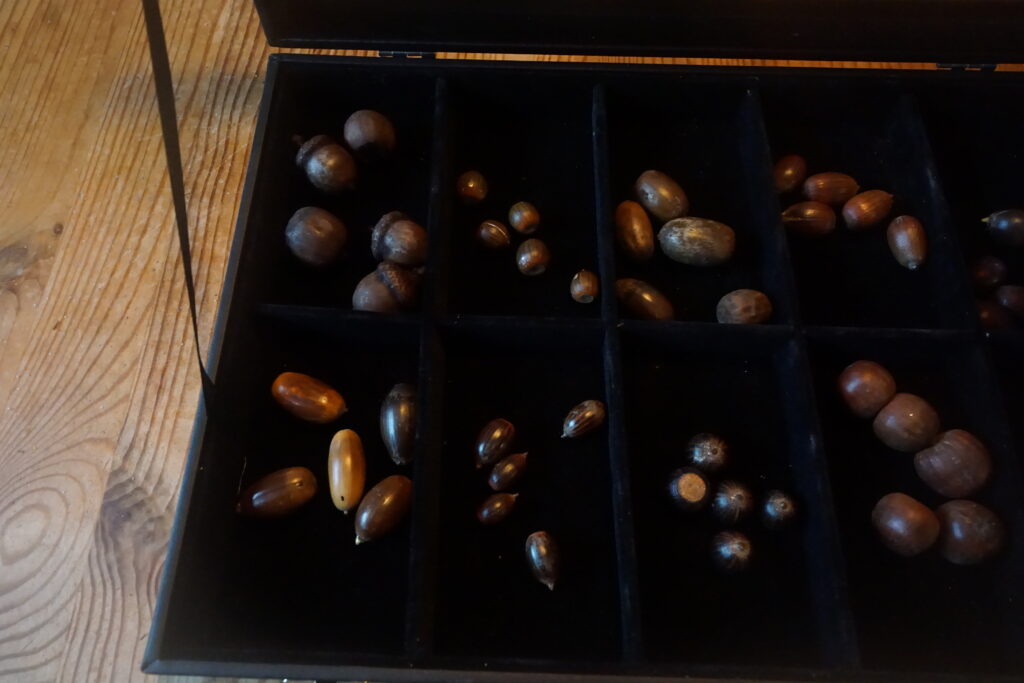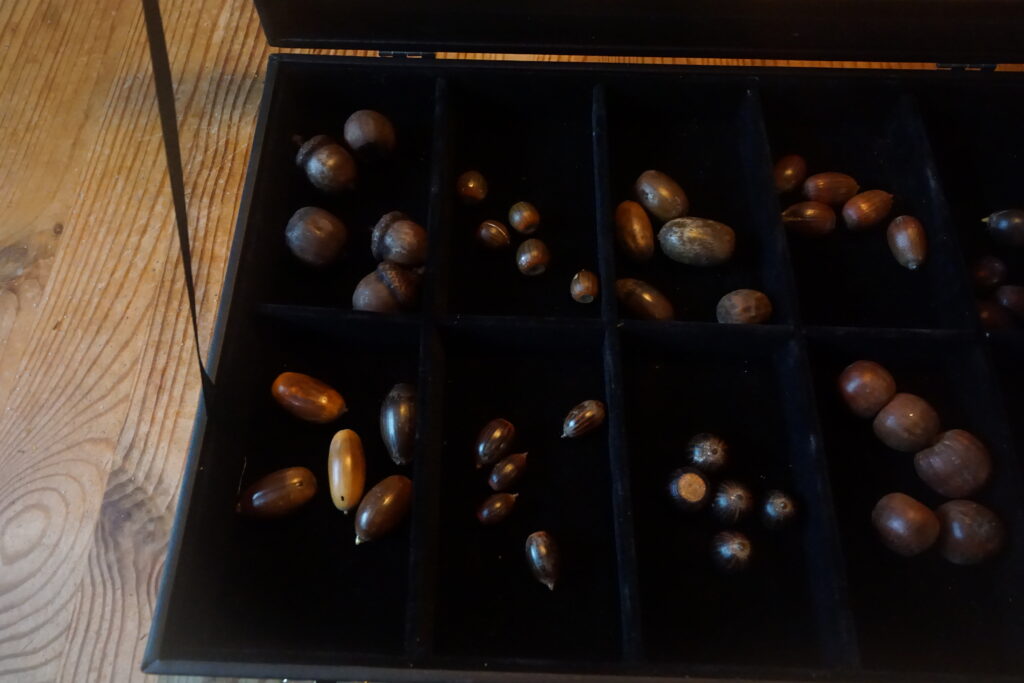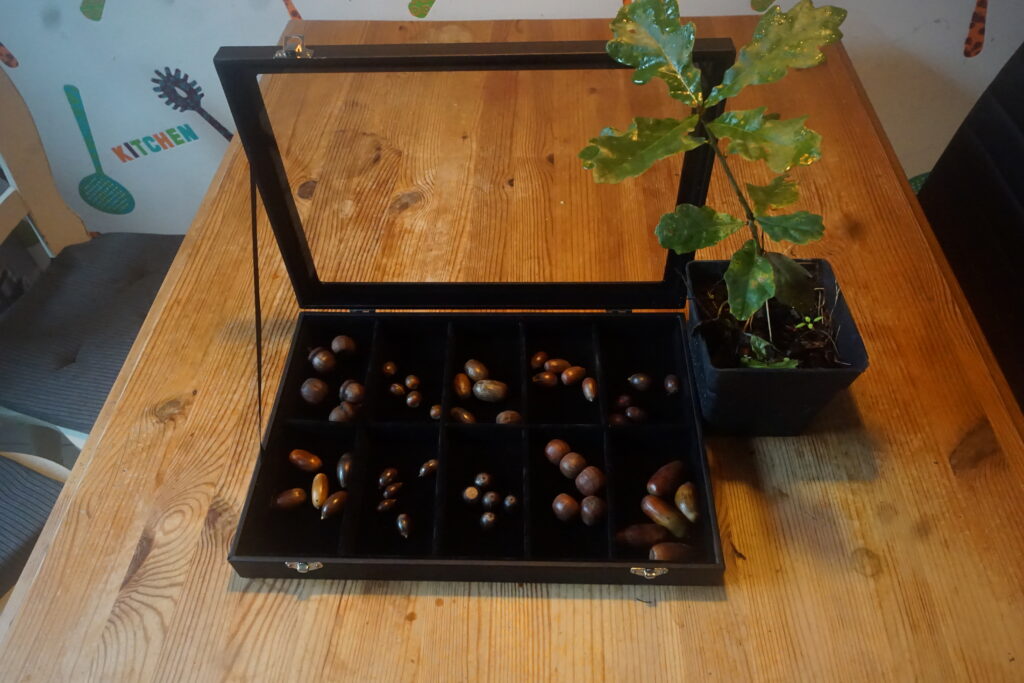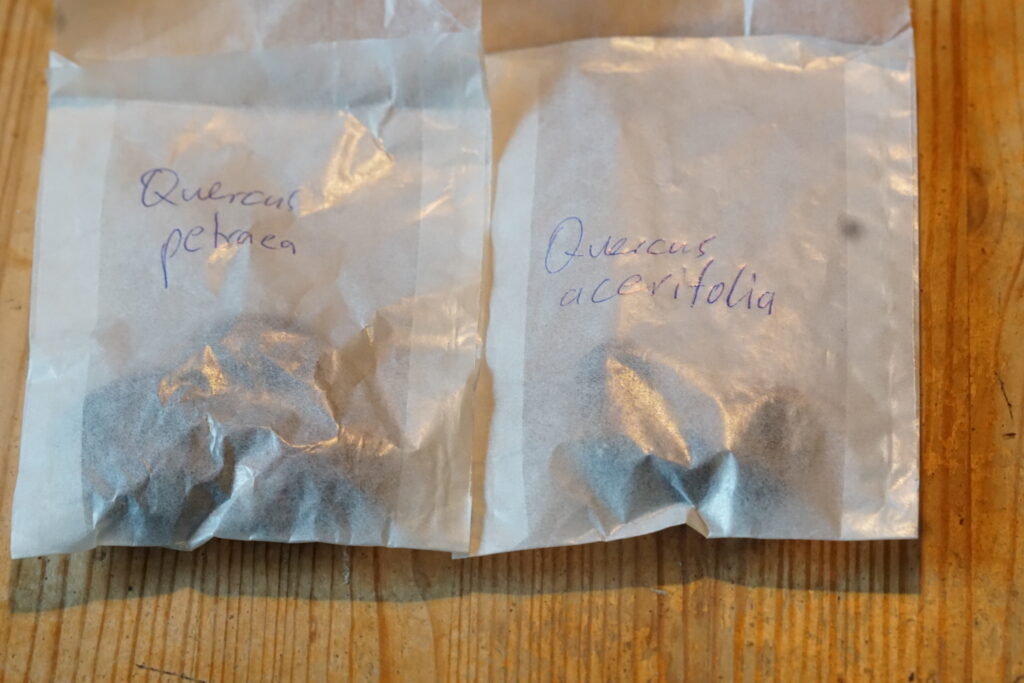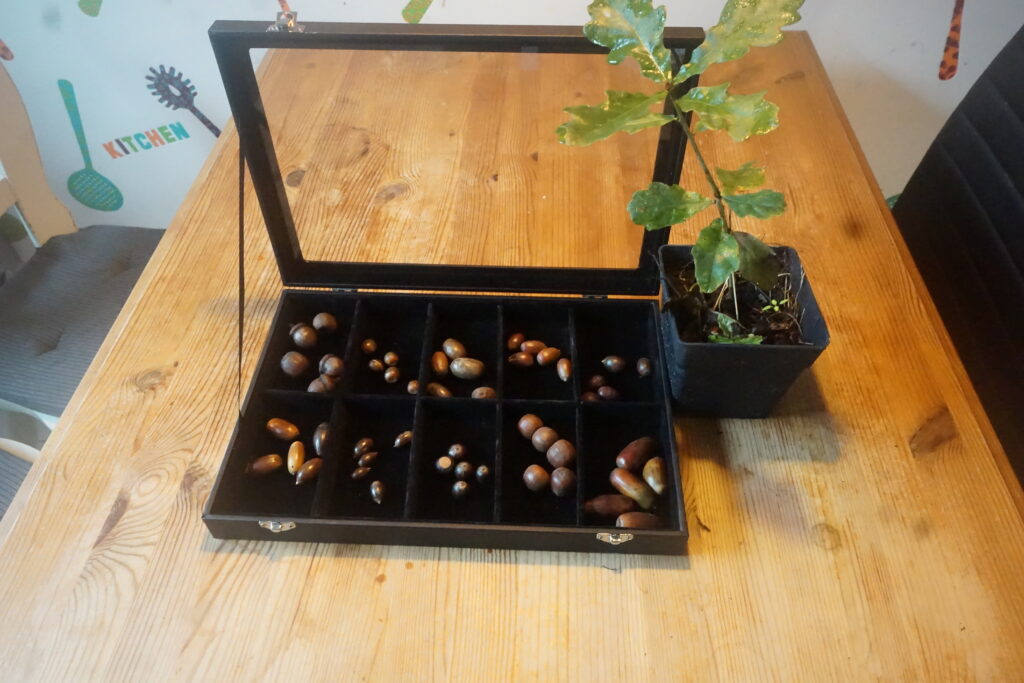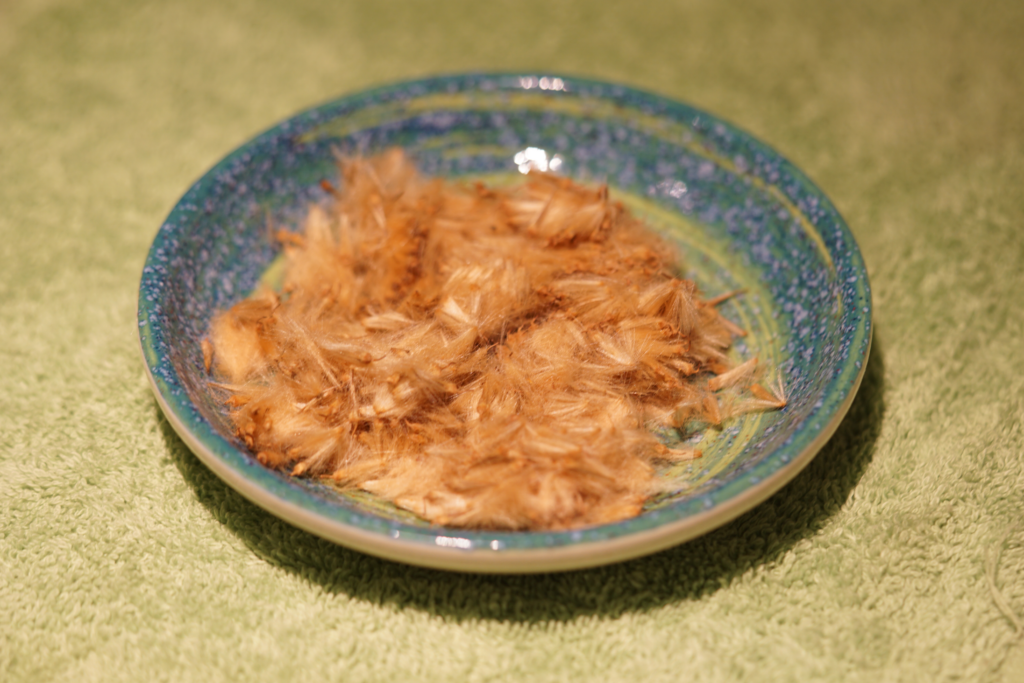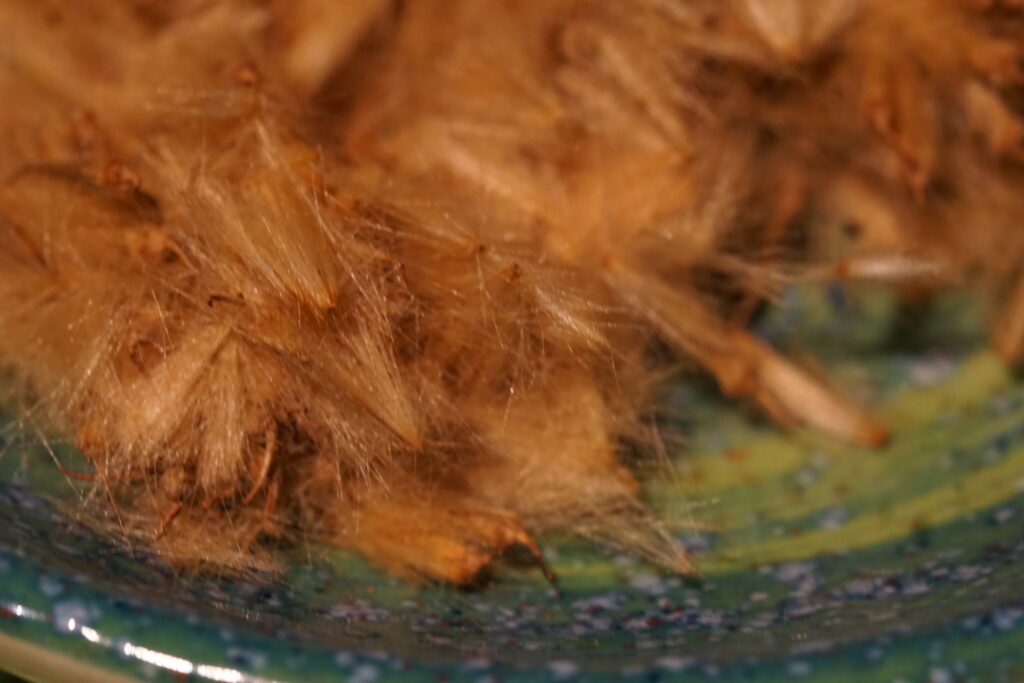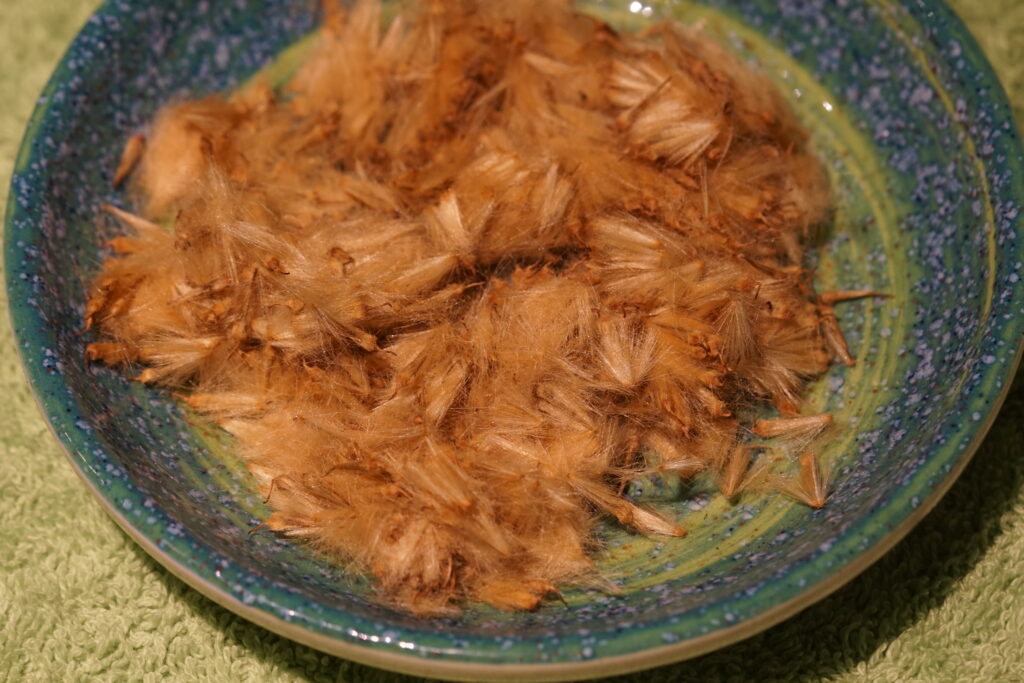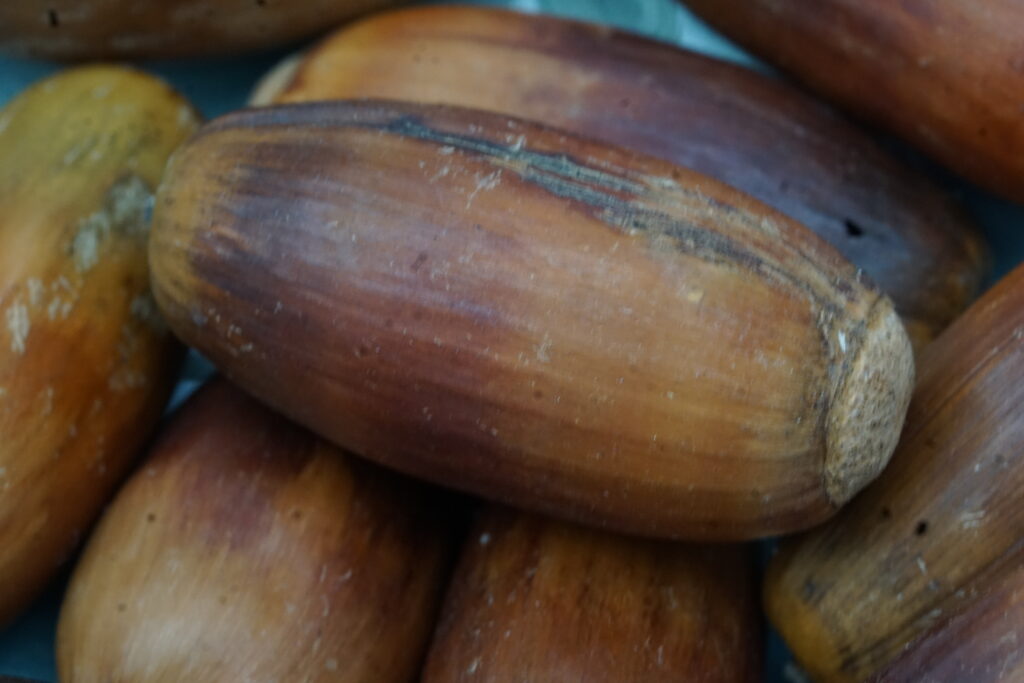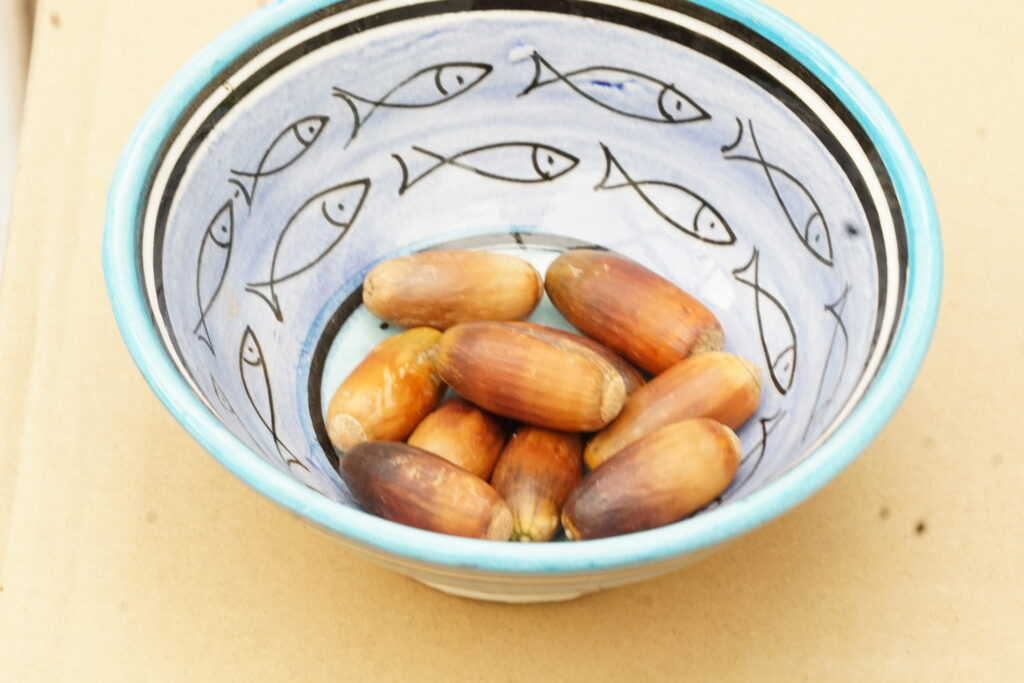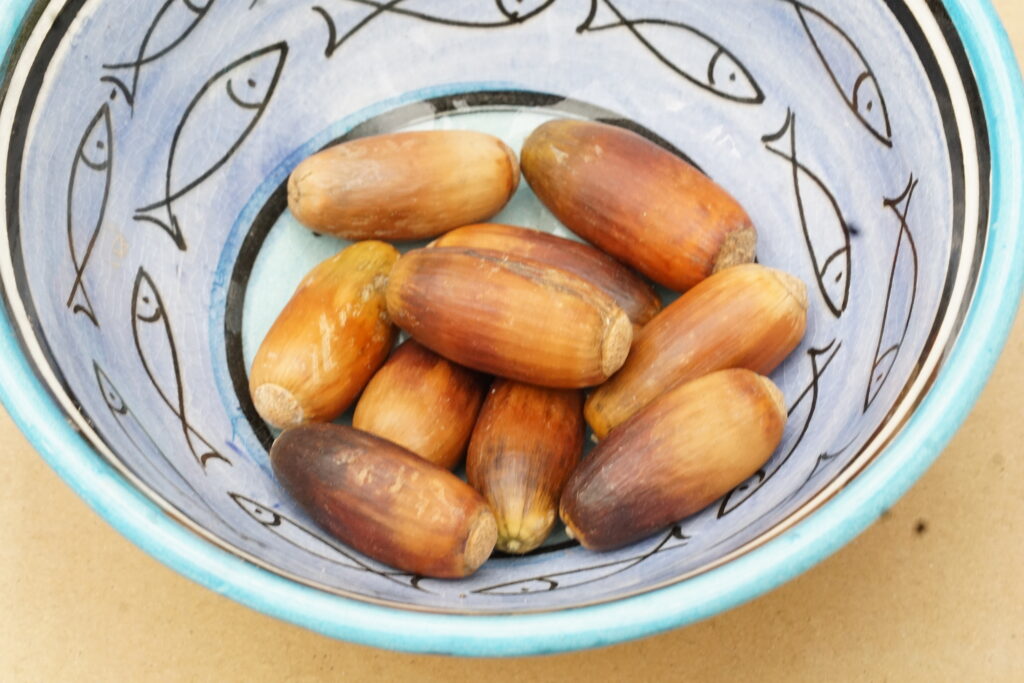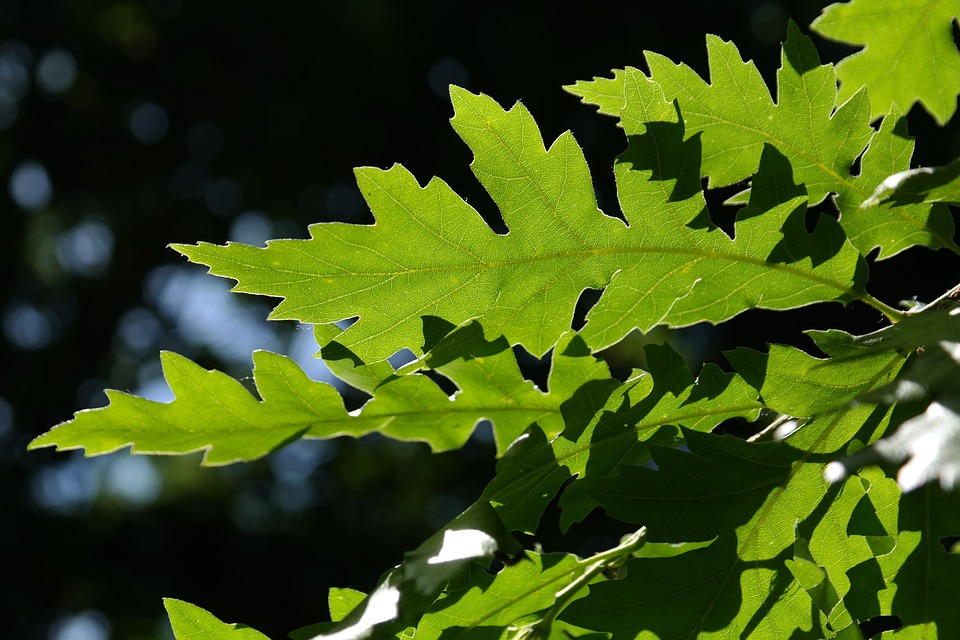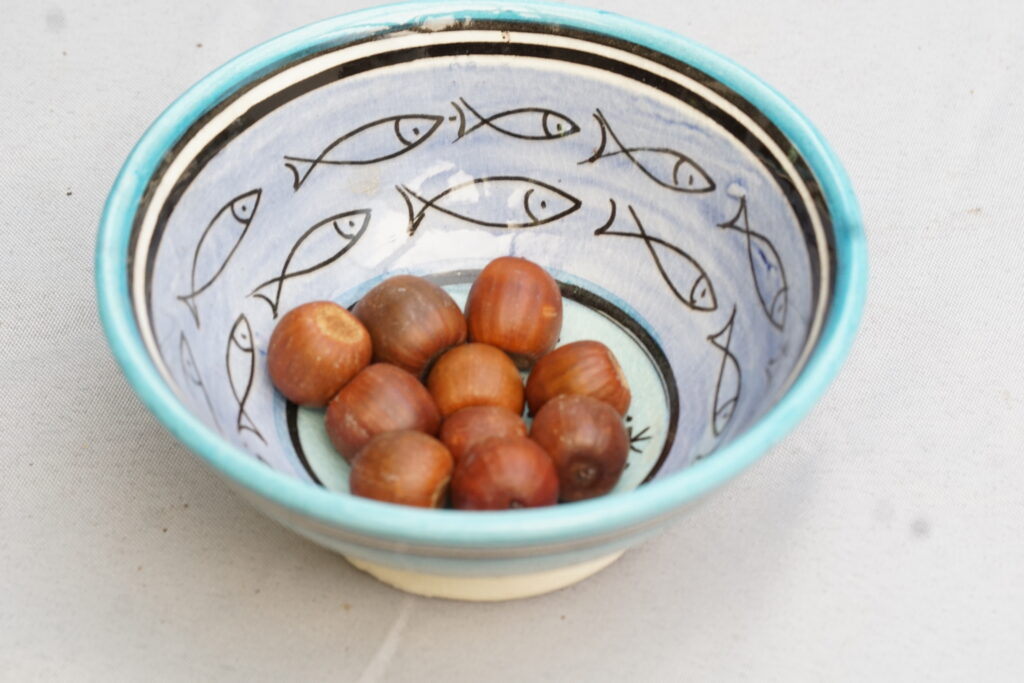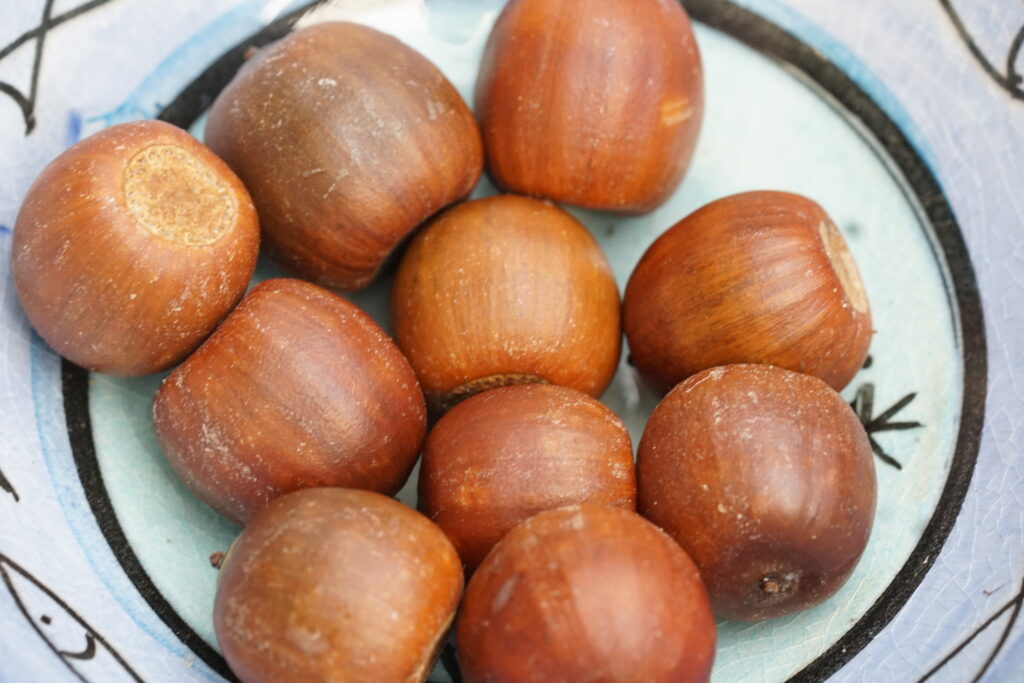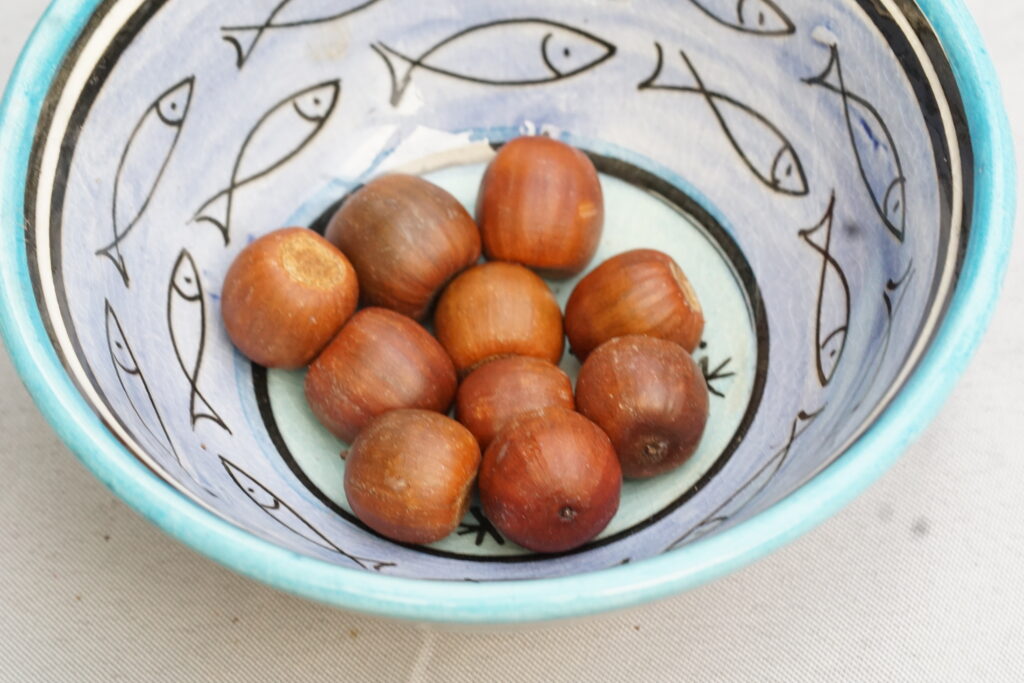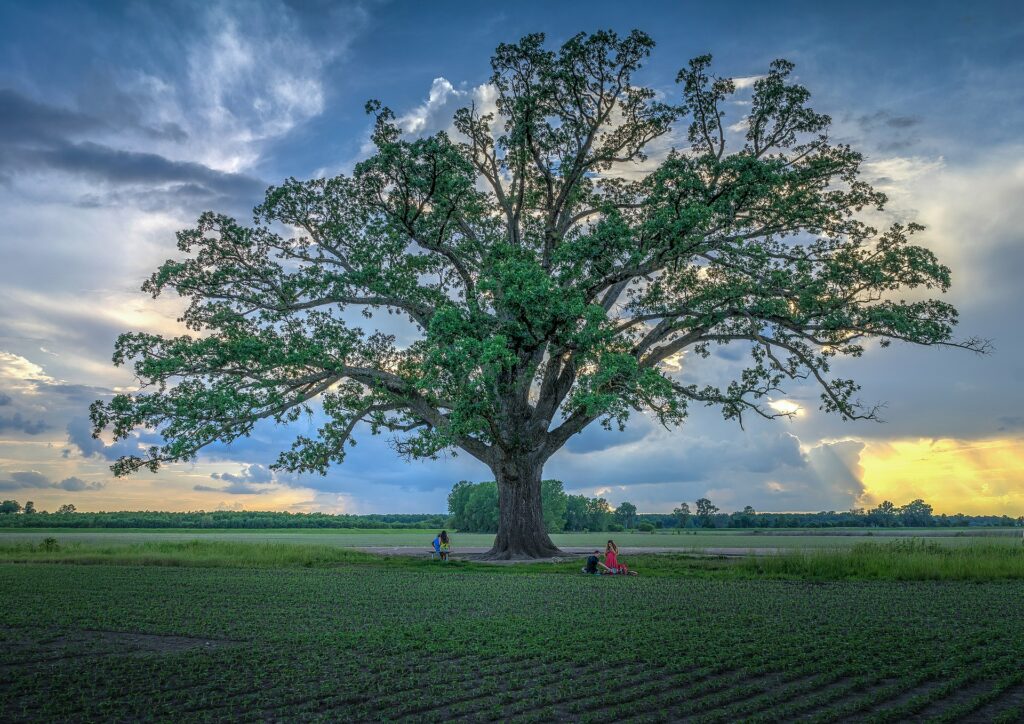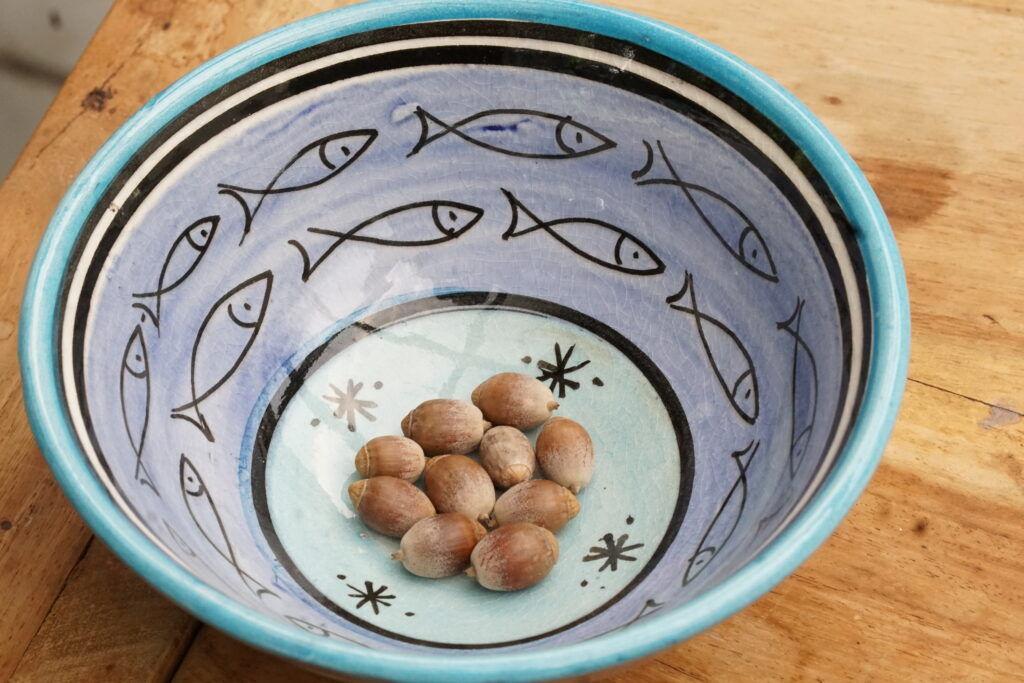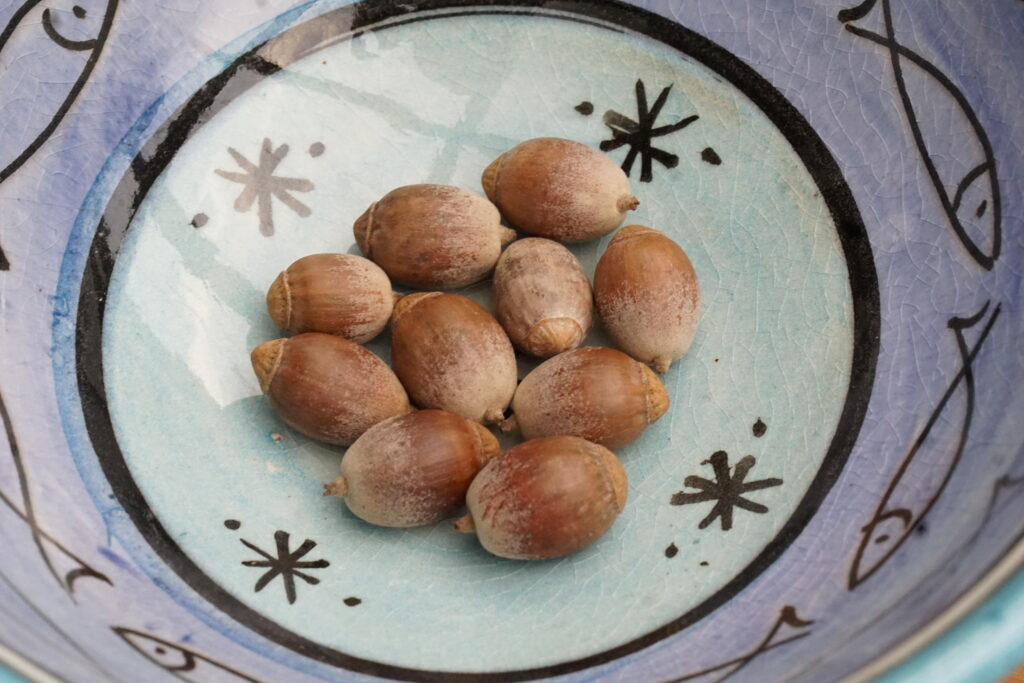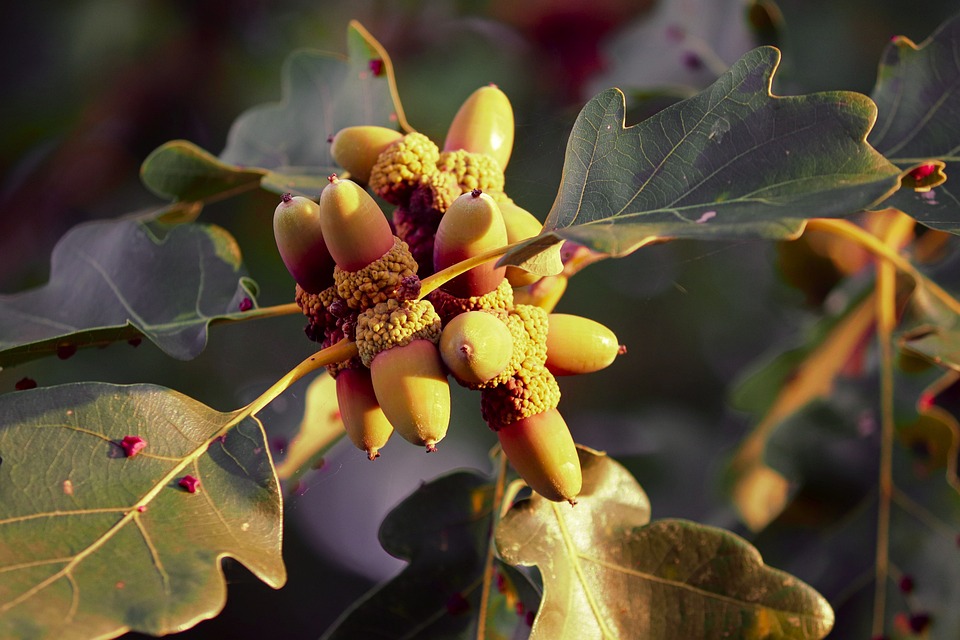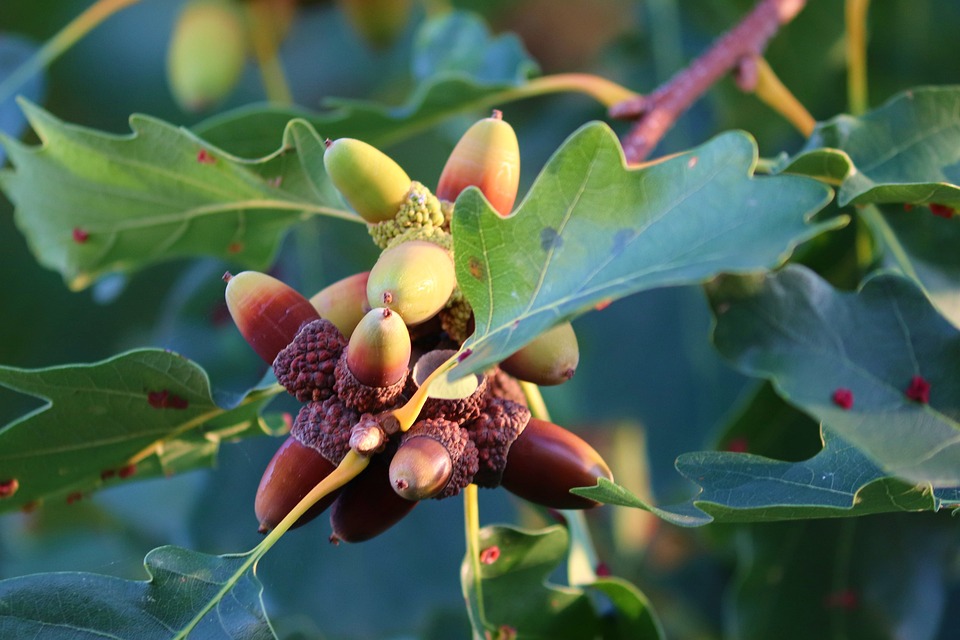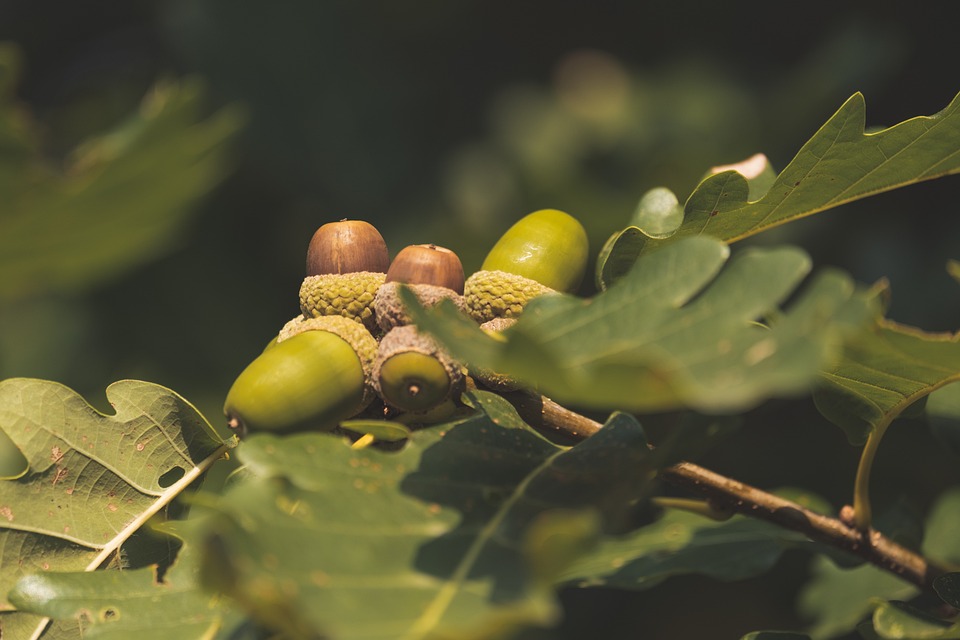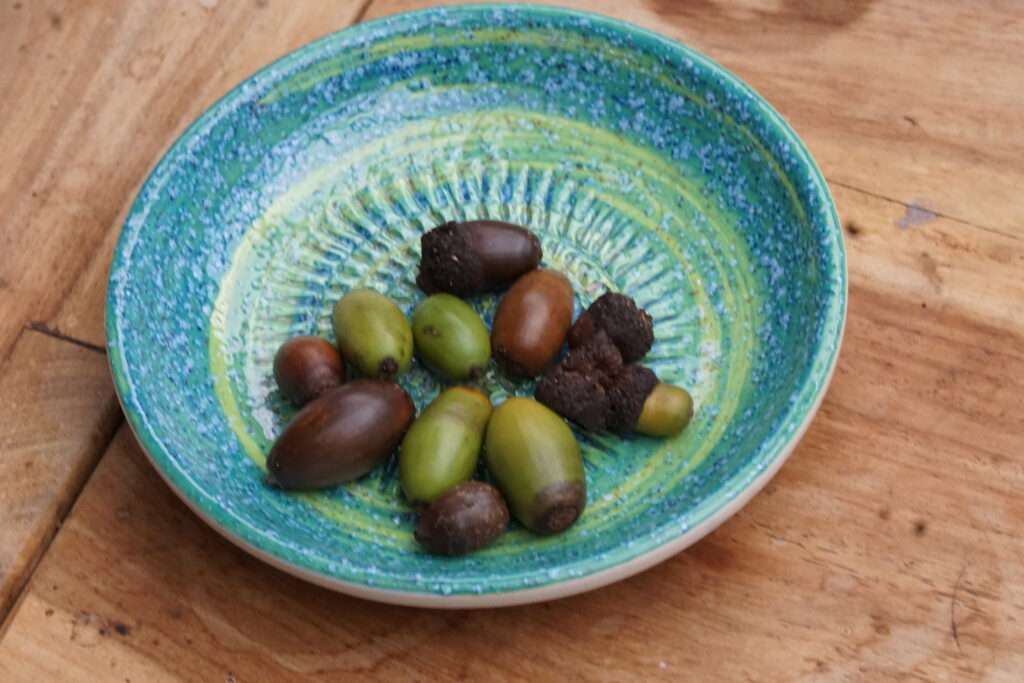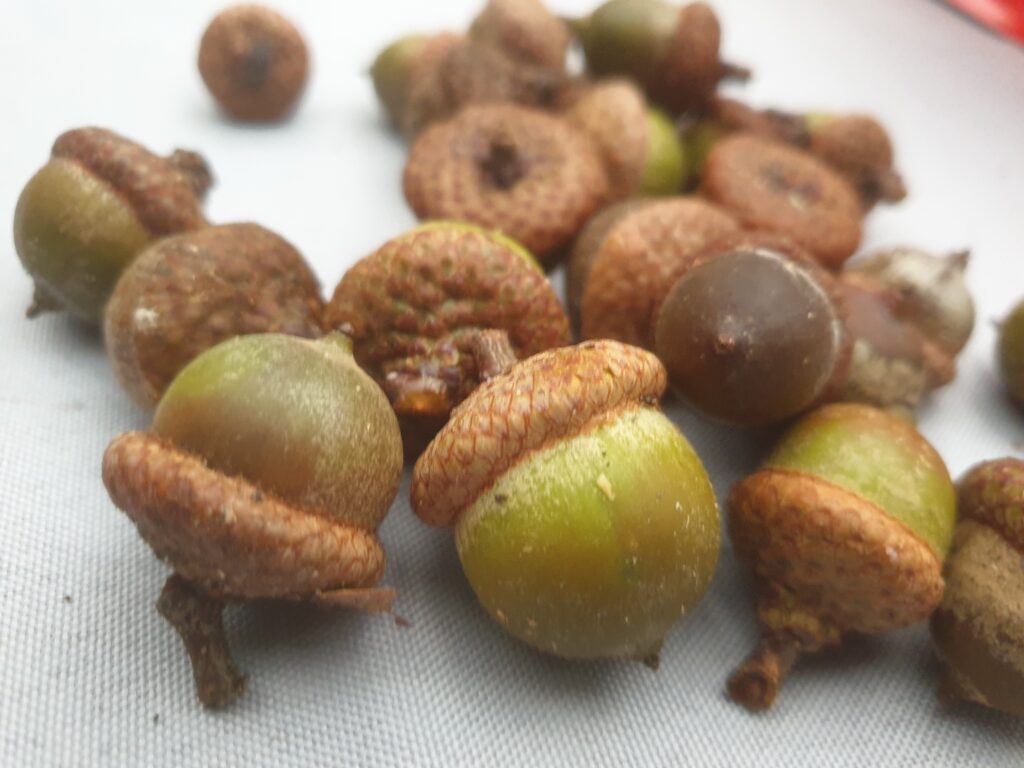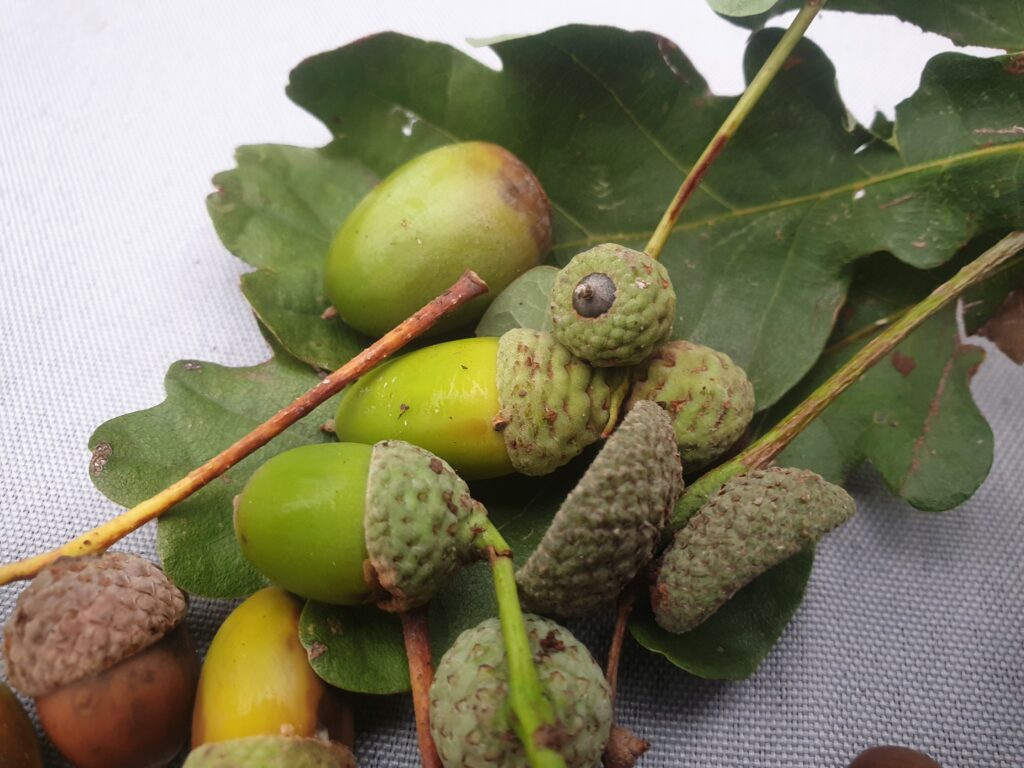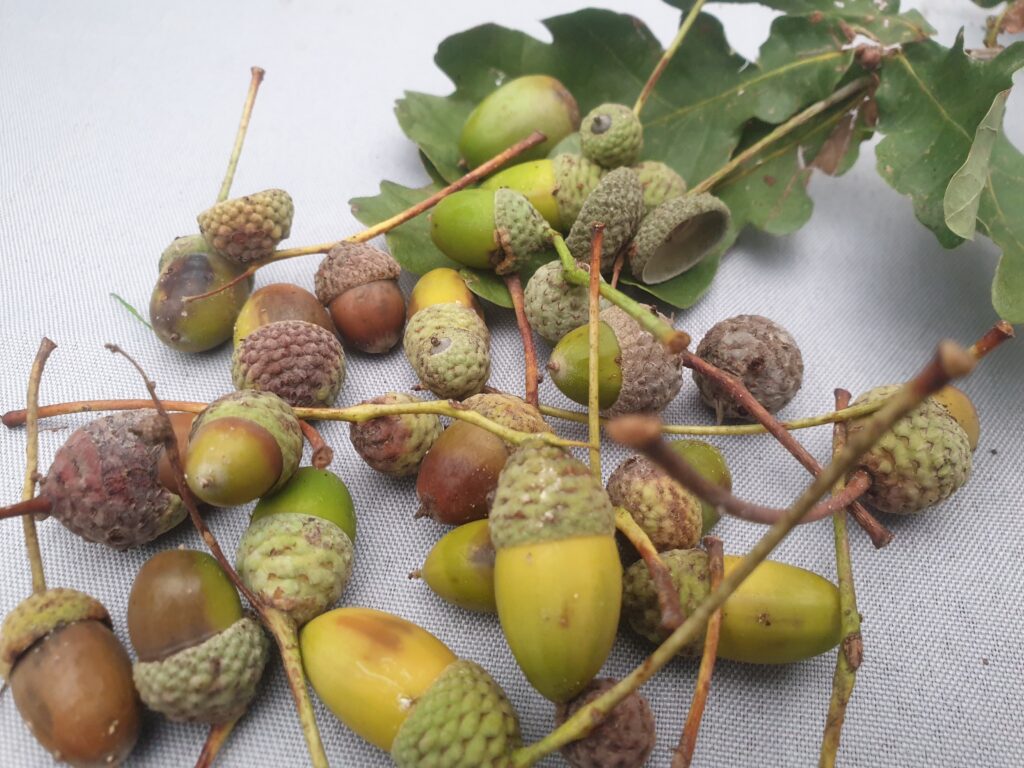Acorn case with special oak species
Acorn case – Rare and international oak species
The special gift for oak and tree lovers
With this acorn case you get a special (and above all rare!) Gift for tree lovers.
All acorns were collected (in different places in this world) in September and October 2023.
The acorns are currently stored in a cool, low-light place in a slightly moistened soil mixture.
In this case there are 5 acorns each from:
* Quercus acerifolia, maple-leaved oak (very rare). Home: Arkansas, USA
* Quercus petraea, sessile oak. Home: Central Europe
* Quercus saltillensis (very rare). Home country: Mexico
* Quercus illicifolia (scrub oak). Home: Northeastern USA.
* Quercus parvia (Santa Cruz Island Oak). Home: California, USA.
* Quercus heterophylla (Bartram’s oak). Home: Eastern USA
* Quercus cerris (wrench oak). Home: South of France
* Quercus depressa (Low Oak) (rare). Homeland: Mexico.
* Quercus robur (English oak). Home: Central Europe
* Quercus rubra (red oak). Home country: USA
Total quantity: 50 acorns.
Of course, the acorns are not added to the case “naked” but in small bags with a moistened earth mixture (to survive the transport well).
Attention: in order for different acorns to germinate next year, it is important to treat them appropriately.
Quercus acerifolia, Quercus illicifolia, Quercus heterophylla, Quercus cerris, Quercus robur and Quercus rubra should be stored in the refrigerator in a slightly moistened soil mixture for a few weeks, if possible (please keep checking to see if they germinate and then transplant directly).
Quercus petraea, Quercus saltillensis, Quercus parvia, Quercus depressa may start to germinate already this year (please store in soil mixture).
Please plant Quercus saltillensis, Quercus parvia and Quercus depressa protected from frost.
In the store you can buy the case with acorns.
